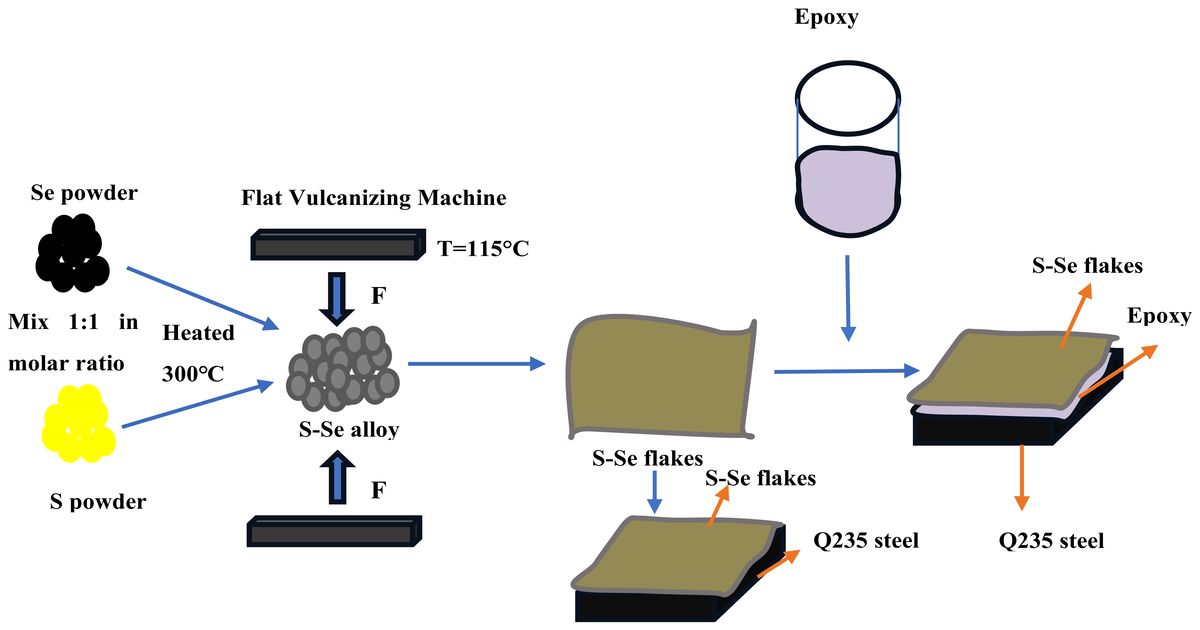Advancement in Heat Treatment and Surface Modification for Metals
A special issue of Coatings (ISSN 2079-6412). This special issue belongs to the section "Corrosion, Wear and Erosion".
Deadline for manuscript submissions: closed (20 July 2025) | Viewed by 38035

Special Issue Editors
Interests: metals; chemical heat treatment; heat treatment; surface modification; properties
Special Issues, Collections and Topics in MDPI journals
Interests: advanced metals; high-entropy alloy; heat treatment; surface modification; properties
Special Issues, Collections and Topics in MDPI journals
Special Issue Information
Dear Colleagues,
Following the success of our previous Special Issue "Advancement in Heat Treatment and Surface Modification for Metals" (https://www.mdpi.com/journal/coatings/special_issues/7FMZSK26Y0), which published 15 impactful papers and attracted over 30,000 views, we are pleased to announce a new follow-up issue in Coatings, entitled “Advancement in Heat Treatment and Surface Modification for Metals, 2nd Edition”.
Heat treatment is a fundamental process for unlocking the potential properties of metals, while surface modification is a crucial technology for enhancing surface characteristics and extending component service life.
Surface modification can be categorized into three primary methods: physical, chemical, and thermal. Physical approaches, such as physical vapor deposition (PVD) and thermal spraying, function by applying a new layer of material onto the substrate. Chemical methods, including chemical heat treatment, chemical etching, and anodizing, alter both the chemical composition and microstructure of the surface layer. Thermal methods, such as induction quenching and laser surface hardening, utilize concentrated energy to modify the microstructure of the surface layer.
This Special Issue, “Advancement in Heat Treatment and Surface Modification for Metals, 2nd Edition”, in Coatings invites front-line researchers to submit original research and review articles on various aspects in the field of novel heat treatment and surface modification of metals. The advancement of heat treatment and surface modification will help to provide better combined properties and higher efficiency.
It is our great honor to invite you to submit a manuscript to this Special Issue that provides an excellent opportunity for those who are working within these fields, paving the way for further advancements in chemical heat treatment for metals.
Dr. Jing Hu
Dr. Xulong An
Guest Editors
Manuscript Submission Information
Manuscripts should be submitted online at www.mdpi.com by registering and logging in to this website. Once you are registered, click here to go to the submission form. Manuscripts can be submitted until the deadline. All submissions that pass pre-check are peer-reviewed. Accepted papers will be published continuously in the journal (as soon as accepted) and will be listed together on the special issue website. Research articles, review articles as well as short communications are invited. For planned papers, a title and short abstract (about 250 words) can be sent to the Editorial Office for assessment.
Submitted manuscripts should not have been published previously, nor be under consideration for publication elsewhere (except conference proceedings papers). All manuscripts are thoroughly refereed through a single-blind peer-review process. A guide for authors and other relevant information for submission of manuscripts is available on the Instructions for Authors page. Coatings is an international peer-reviewed open access monthly journal published by MDPI.
Please visit the Instructions for Authors page before submitting a manuscript. The Article Processing Charge (APC) for publication in this open access journal is 2600 CHF (Swiss Francs). Submitted papers should be well formatted and use good English. Authors may use MDPI's English editing service prior to publication or during author revisions.
Keywords
- metals
- chemical heat treatment
- heat treatment
- surface modification
- properties
Benefits of Publishing in a Special Issue
- Ease of navigation: Grouping papers by topic helps scholars navigate broad scope journals more efficiently.
- Greater discoverability: Special Issues support the reach and impact of scientific research. Articles in Special Issues are more discoverable and cited more frequently.
- Expansion of research network: Special Issues facilitate connections among authors, fostering scientific collaborations.
- External promotion: Articles in Special Issues are often promoted through the journal's social media, increasing their visibility.
- Reprint: MDPI Books provides the opportunity to republish successful Special Issues in book format, both online and in print.
Further information on MDPI's Special Issue policies can be found here.






